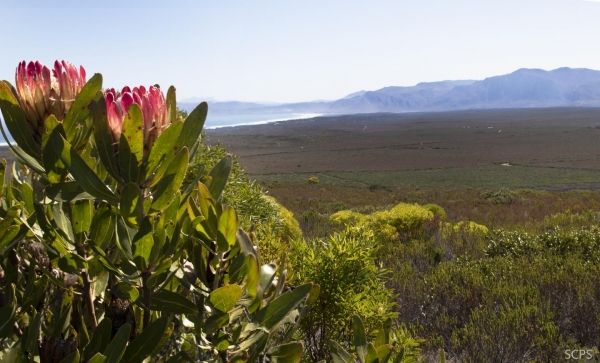In a hard-hitting new paper leading ecologists and climate change specialists argue that current nature conservation practices are not sufficiently flexible and dynamic to weather the impacts of climate change.
Rather than only trying to conserve or restore nature to an original historical state, as is the case with static protected areas, a more flexible approach will reduce the adverse impacts of climate change by allowing species to migrate naturally, or even be moved to more suitable habitats, for example. Another approach would be identifying species at greater risk of extinction from climate change for proactive conservation of their genetic material in the hope of one day re-establishing them under more suitable conditions.
The paper, titled “Post-2020 biodiversity targets need to embrace climate change" was published in the high-impact journal PNAS this week. The paper refers to documented research indicating that species home ranges have already been shifting polewards, to cooler areas, with an estimated decadal average shift of 17 kilometers for terrestrial and 72 kilometers for marine taxa.
Read more at: Stellenbosch University
The Cape Floral Kingdom already finds itself at the southern-most point of Africa, with few alternatives left for low-altitude plants to escape increasing temperatures but to slowly migrate to higher altitudes. Those plants already at higher altitudes, however, may need to be helped across a valley. If there is no suitable habitat left, they will need to be protected ex situ until such time as they can be returned to the wild. This is not the best option, but far better than extinction, argues a controversial new paper on the impact of climate change on biodiversity. (Photo Credit: Anton Jordaan)


